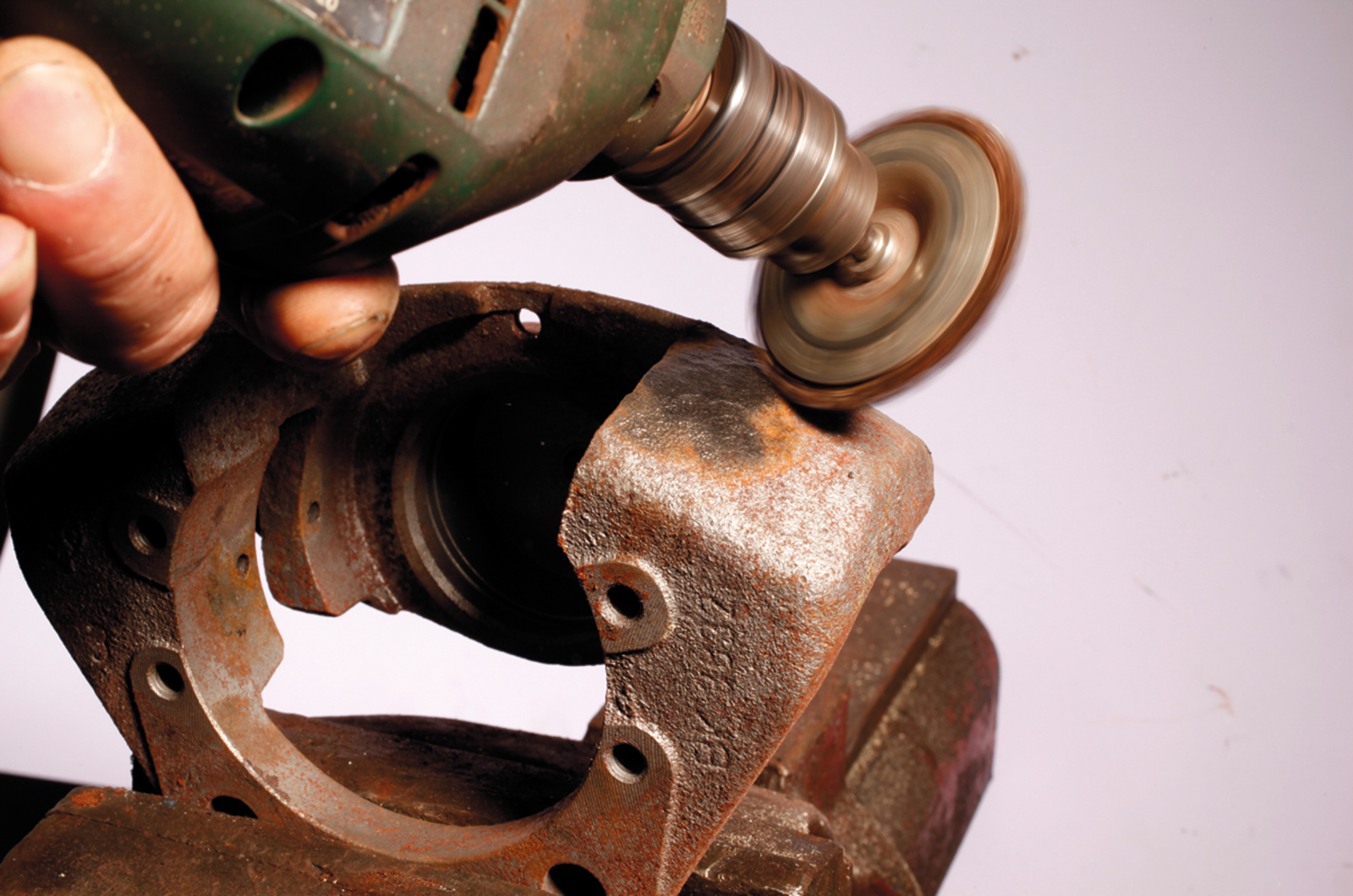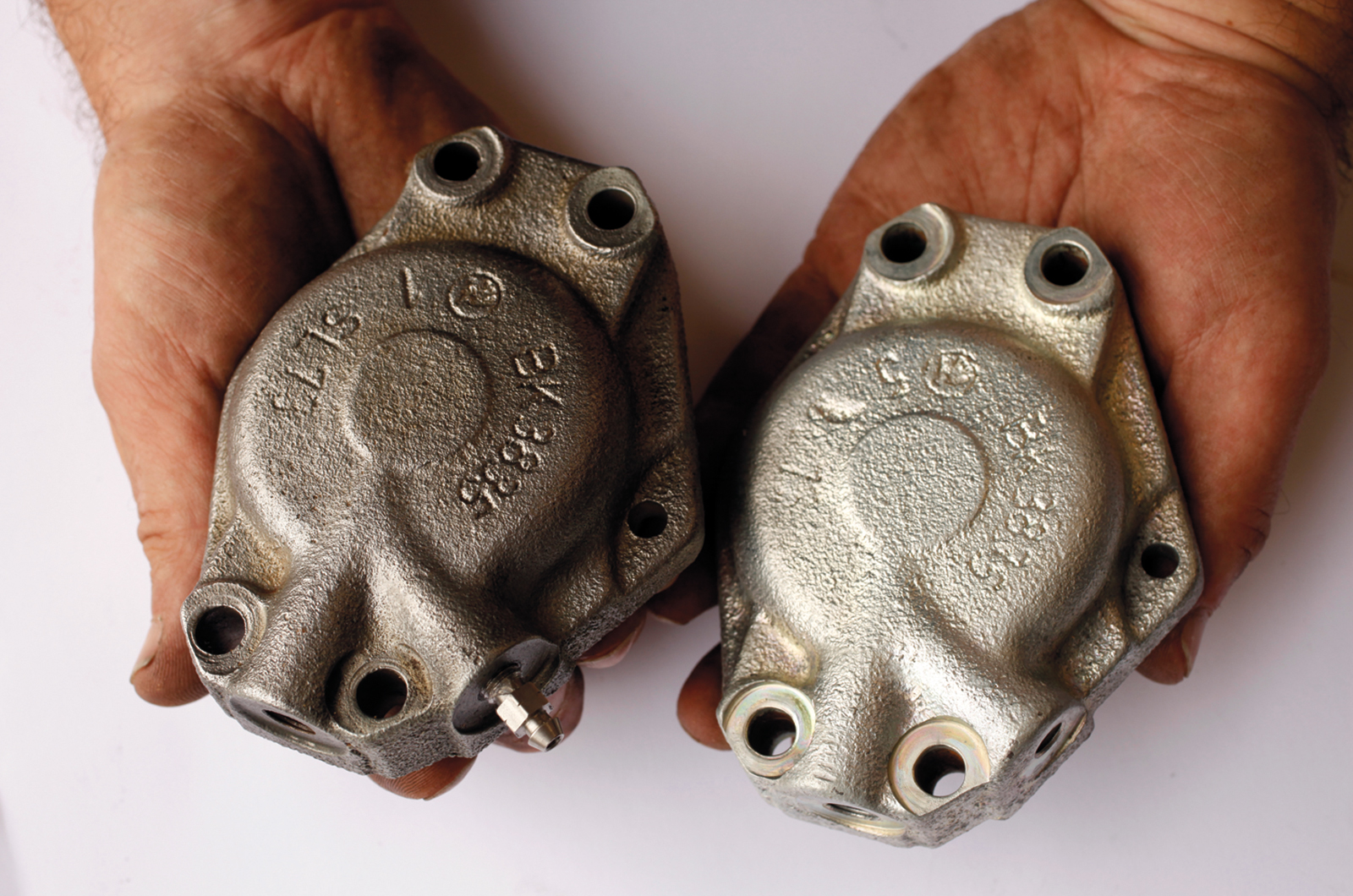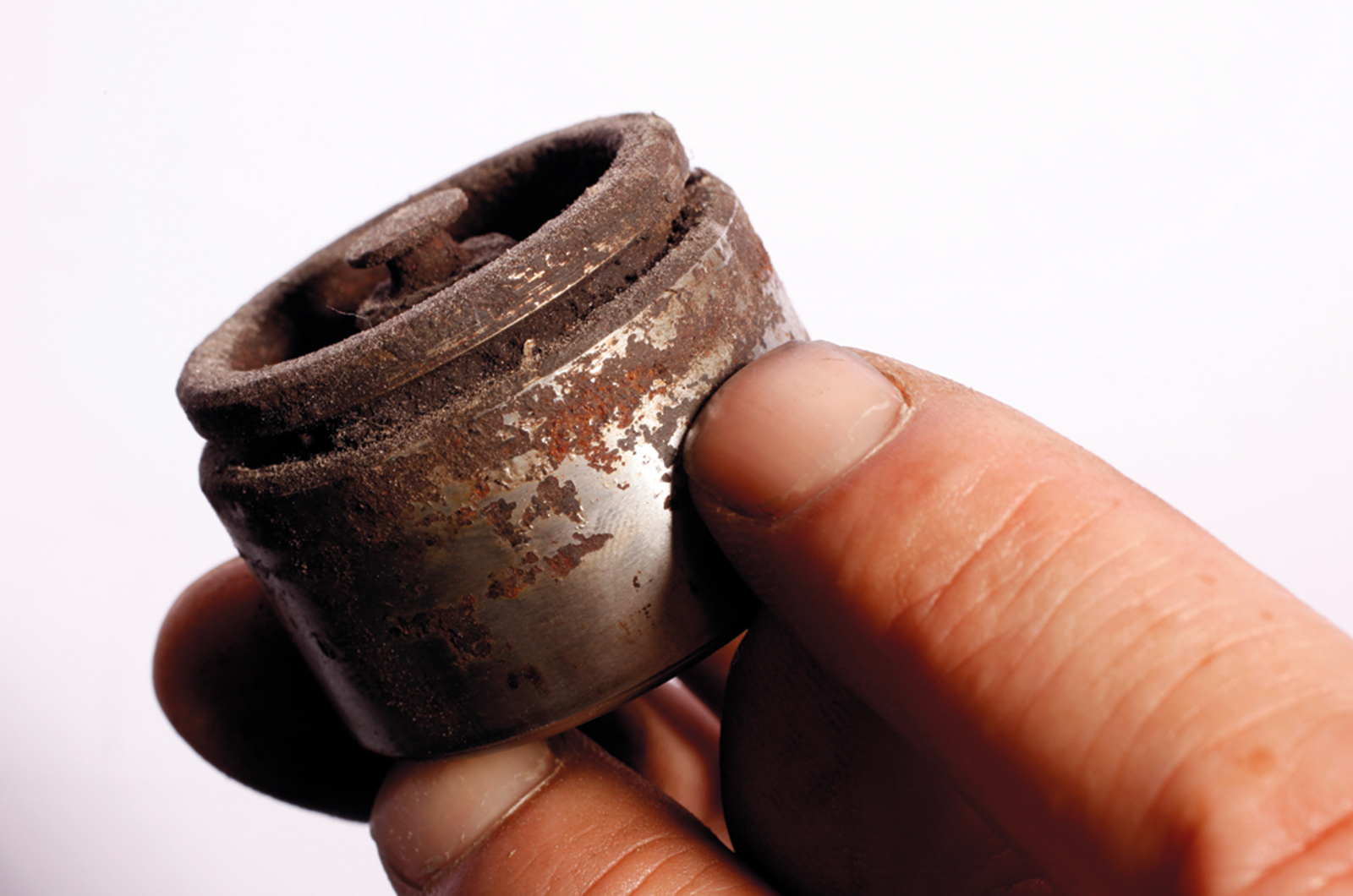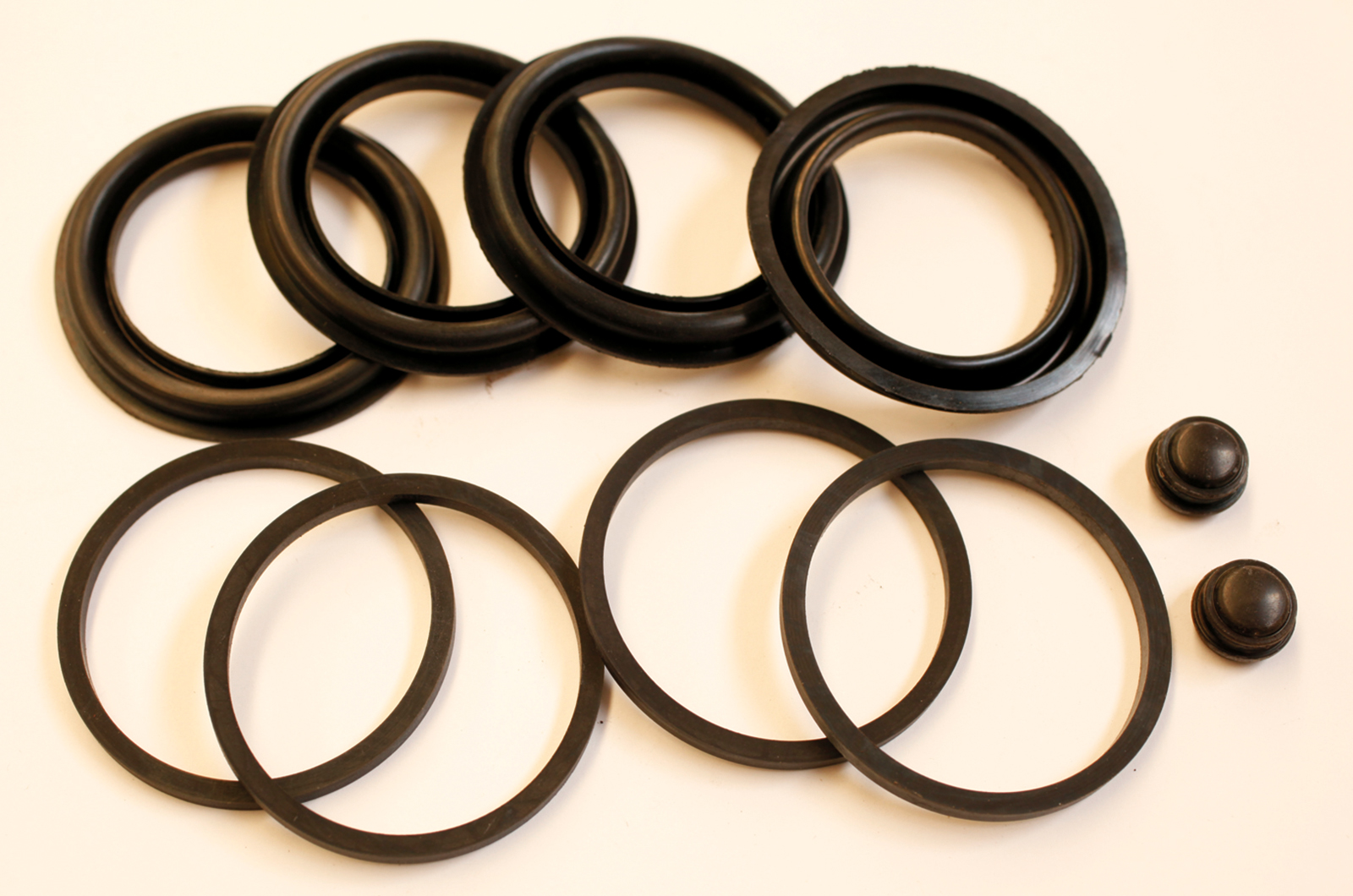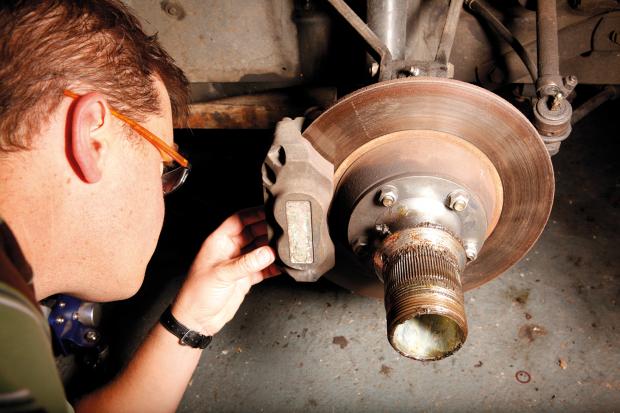
Drum brakes are common and, if well maintained and properly set up, perfectly adequate for many classics. But the introduction of the disc brake was a welcome revolution to better cope with ever-increasing speeds.
First of the breed was Dunlop, with early users often displaying a plaque on the rear of their vehicles stating 'DISCS' to advise following traffic of their supreme capabilities.
They weren’t without their faults, however. There were tales of D-types at Le Mans needing a 'double pump' at the end of the Mulsanne to bring the pads back into contact with the discs – their rotation having pushed the piston back into the caliper throat.
Modern seals are designed to minimise this effect (should you find yourself on the Mulsanne) but, with many calipers now nearing their 50th birthday, an overhaul may well be overdue.
A rebuild will almost certainly transform the feel and effectiveness of your brakes but, if that’s not enough, the specialists listed at the bottom of the page will be able to advise on uprating your system with different pad compounds, a servo or ventilated, cross-drilled and grooved discs.
STEP 1: DISMANTLING
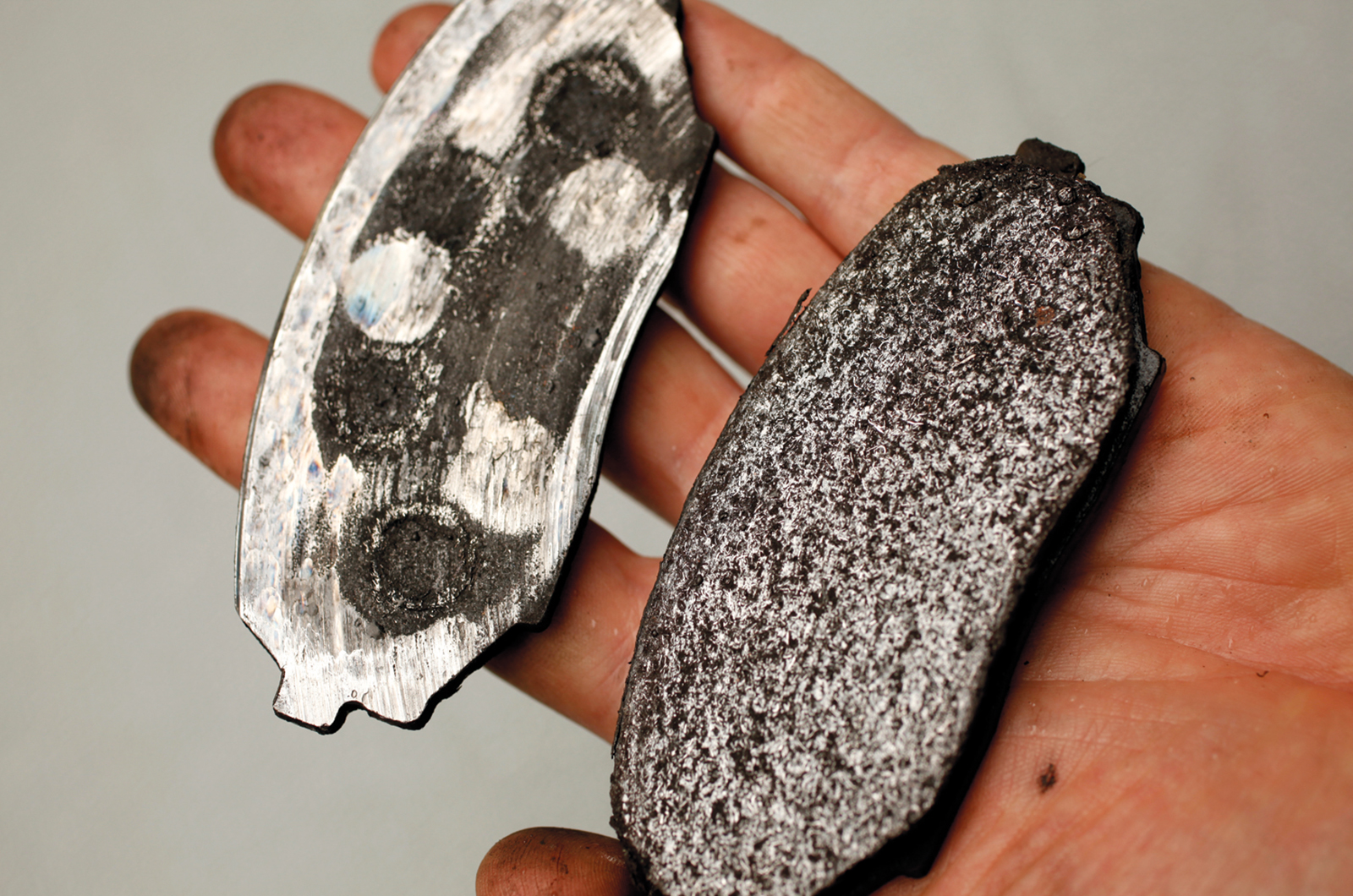
Shut off the flexi-hose with a brake clamp and clean the caliper with brake cleaner, but avoid breathing in any dust because it may contain asbestos.

